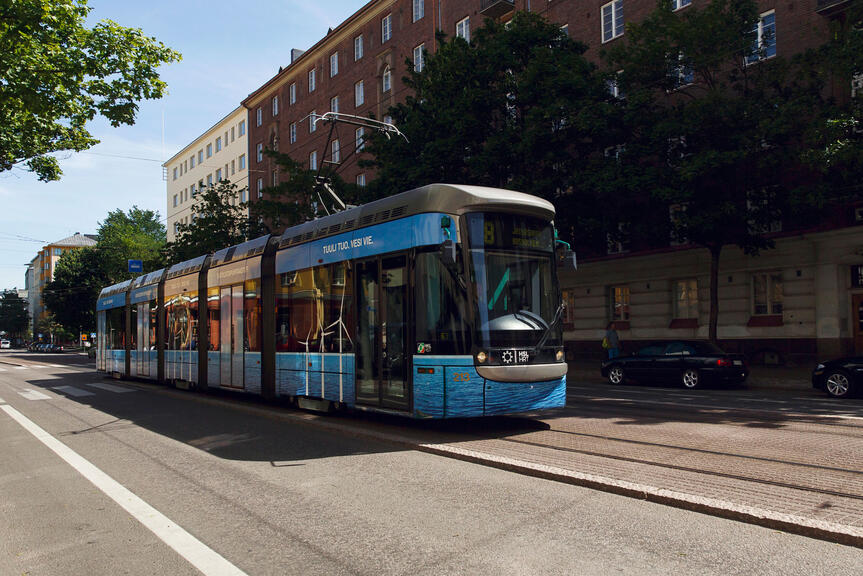
In order to mitigate climate change, it is essential to replace fossil fuels with renewable forms of energy and to invest in energy efficiency and energy saving. However, we should also look at emissions from consumption. When examining the development of emissions in municipalities and cities, we can see emissions have been declining in recent years. Unfortunately, there have been no similar developments in terms of emissions from consumption. Reliable and comparable data on emissions from consumption has, of course, also been available to a much lesser extent.
Helsinki has now, for the second time, investigated the greenhouse gas emissions, or carbon footprint, caused by the consumption of its residents. The calculation was carried out as part of the Kulma project, in which consumption-based greenhouse gas emissions were calculated for 2022. In addition to Helsinki, 19 other municipalities participated in the project.
The carbon footprint of consumption consists of energy consumption, construction, mobility, food and the purchase of goods and services. The model developed for the calculation was further refined when emissions caused by the construction of new streets, roads, bridges, etc. were included in the emissions from construction. The calculation also examined the impacts of free-time residences and residents on consumption emissions.
“Greenhouse gas emissions from consumption have been calculated once before using the Kulma model. Now, in the second round of calculations, we were able to develop the calculation, and it provides more comprehensive information on construction regarding roads, streets and bridges as well as on mobility regarding domestic air traffic and leisure crafts. As an interesting detail, the impacts of free-time residences on consumption emissions have also been examined”, says Emma Liljeström, Project Manager at Sitowise.
In 2022, the greenhouse gas emissions from Helsinki’s consumption totalled 8.84 t CO2e per capita. In 2020, emissions from consumption were 9.04 t CO2e. In many municipalities, the most significant sources of consumption emissions included food and energy consumption. Of greenhouse gases, the calculation includes carbon dioxide, methane and nitrous oxide.
There is huge potential for reducing emissions from consumption, but it requires socio-cultural changes in human behaviour. Municipalities have the opportunity to support their residents in sustainable choices by investing in public transport and meals and by providing low-emission district heating. Municipalities can also make an impact through their communications.
“There is significant emission reduction potential in consumers’ food choices. The assessment of the emission impacts of food was made possible by the excellent cooperation with S Group. Municipalities’ opportunity to make an impact is in the provision of plant-based meals at daycare centres, schools and workplaces, as plant-based options have a lesser impact on the climate”, explains Juha-Matti Katajajuuri, Senior Scientist at the Natural Resources Institute Finland (Luke).
Monitoring emissions from consumption and the pursuit of even more accurate calculation results will continue in the future. Municipalities have significant opportunities to make an impact on the reduction of greenhouse gas emissions from consumption, as they have overall in climate work, so continuous monitoring data is absolutely necessary.
“Twenty municipalities participated in the calculation, and the expert network that participated in the development of the method included nearly 60 experts from the field! I am very pleased with the additions and adjustments made to the calculation and look forward to continuing”, Liljeström says.
The project was implemented by Sitowise Oy together with the Natural Resources Institute Finland. The development of the calculation method was supported by the project’s expert network, which involved not only representatives of the pioneering municipalities but also experts from several expert organisations in the field. The calculation of emissions from food consumption was made possible by cooperation with S Group.


